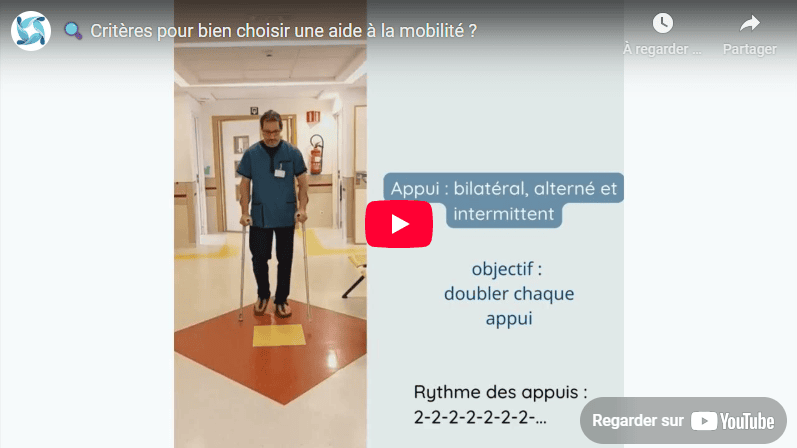
Choosing a technical walking aid (TWA) is not just about preferring a cane to a walker. It’s based on a detailed analysis of several functional and clinical factors. Understanding these parameters allows for prescribing a device adapted to the patient’s situation, rehabilitation goal, and environment.
Here are the elements to consider when determining the most appropriate aid:
Benefits
Disadvantages
Benefits
Disadvantages
Benefits
Disadvantages
Benefits
Disadvantages
Benefits
Disadvantages
Benefits
Disadvantages
Each walking rhythm indicates a level of stability:
An unstable patient will spontaneously seek to avoid single-leg support and adopt a three-beat gait, which is more secure.
There is no universal aid: each clinical situation calls for individualized consideration. The number of support points, their continuity, the lateralization of the impairment, and the patient’s functional capabilities will guide your choice. The goal is not simply to offer assistance, but to support a process of functional recovery, empowerment, or sustainable compensation.
Please fill in this short form so that we can contact you to arrange a test.